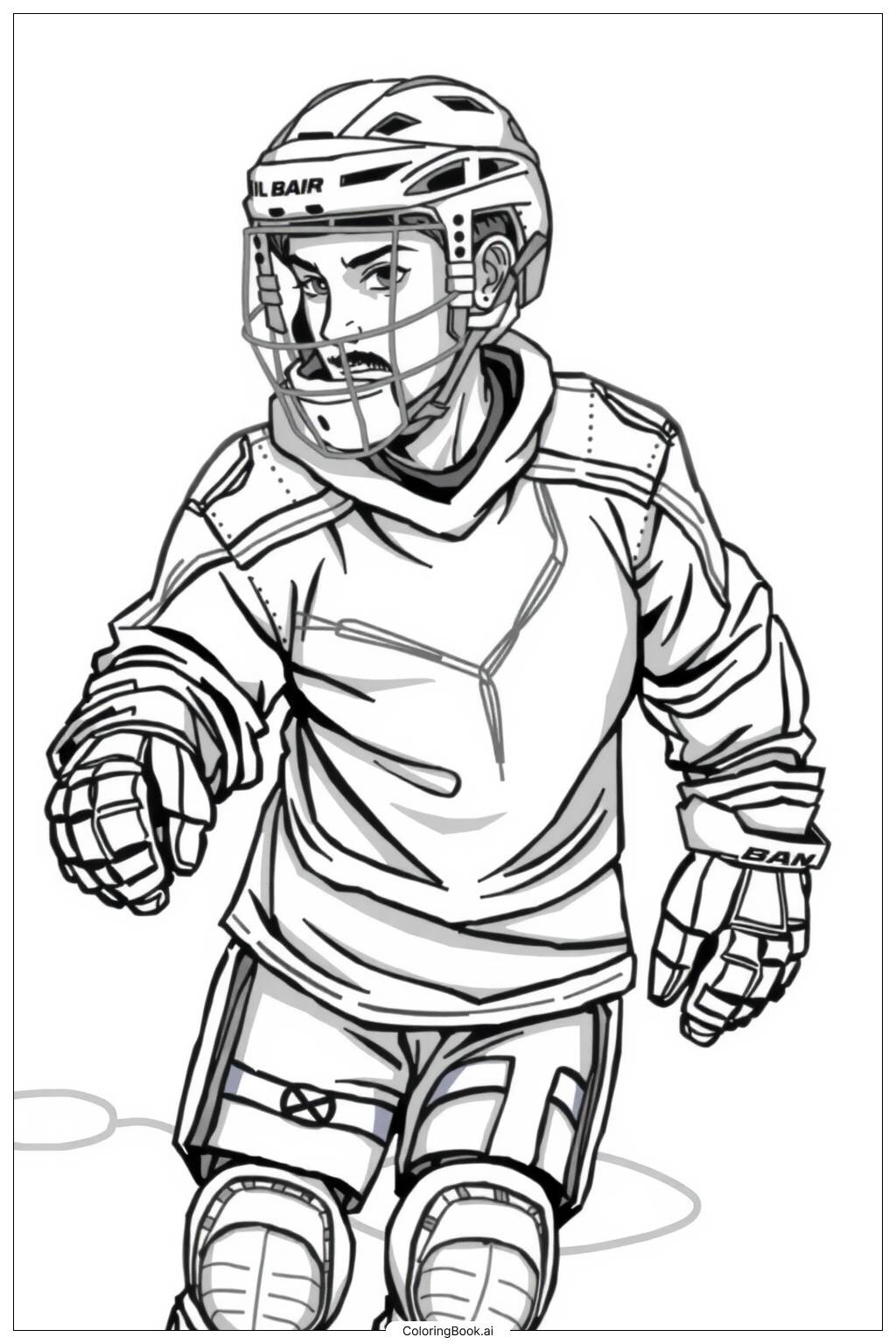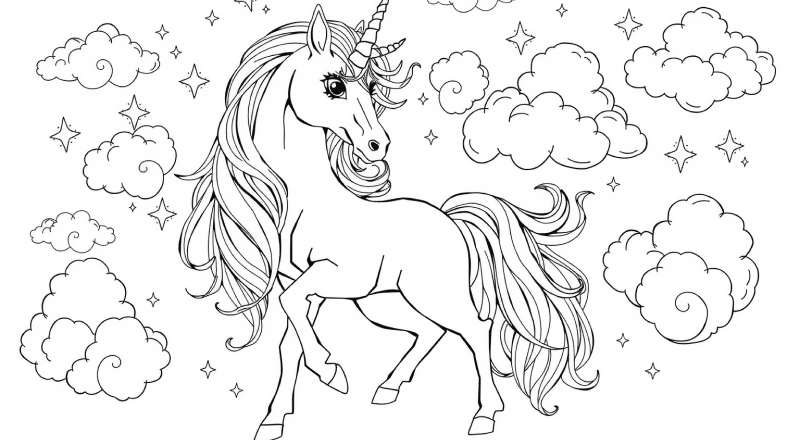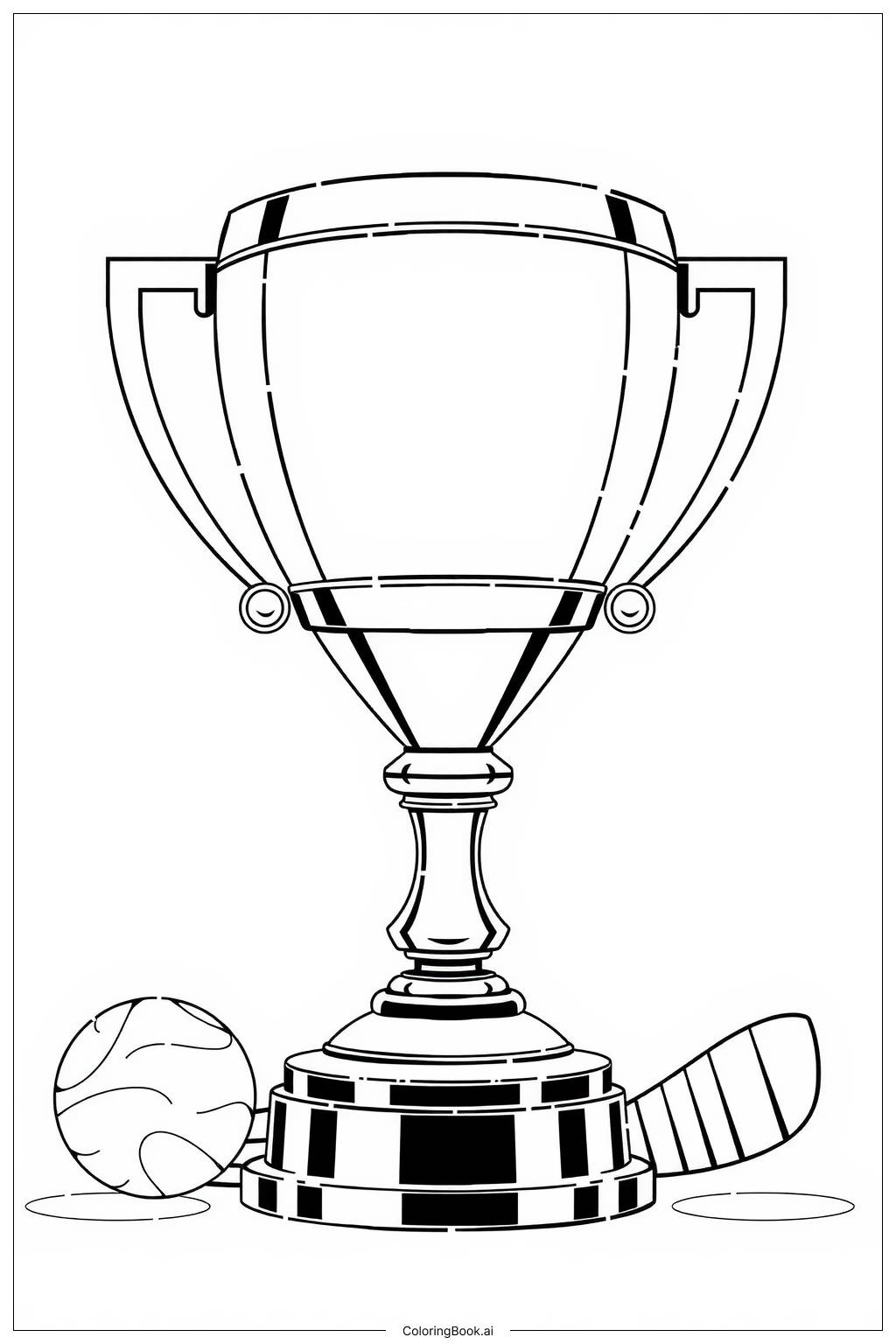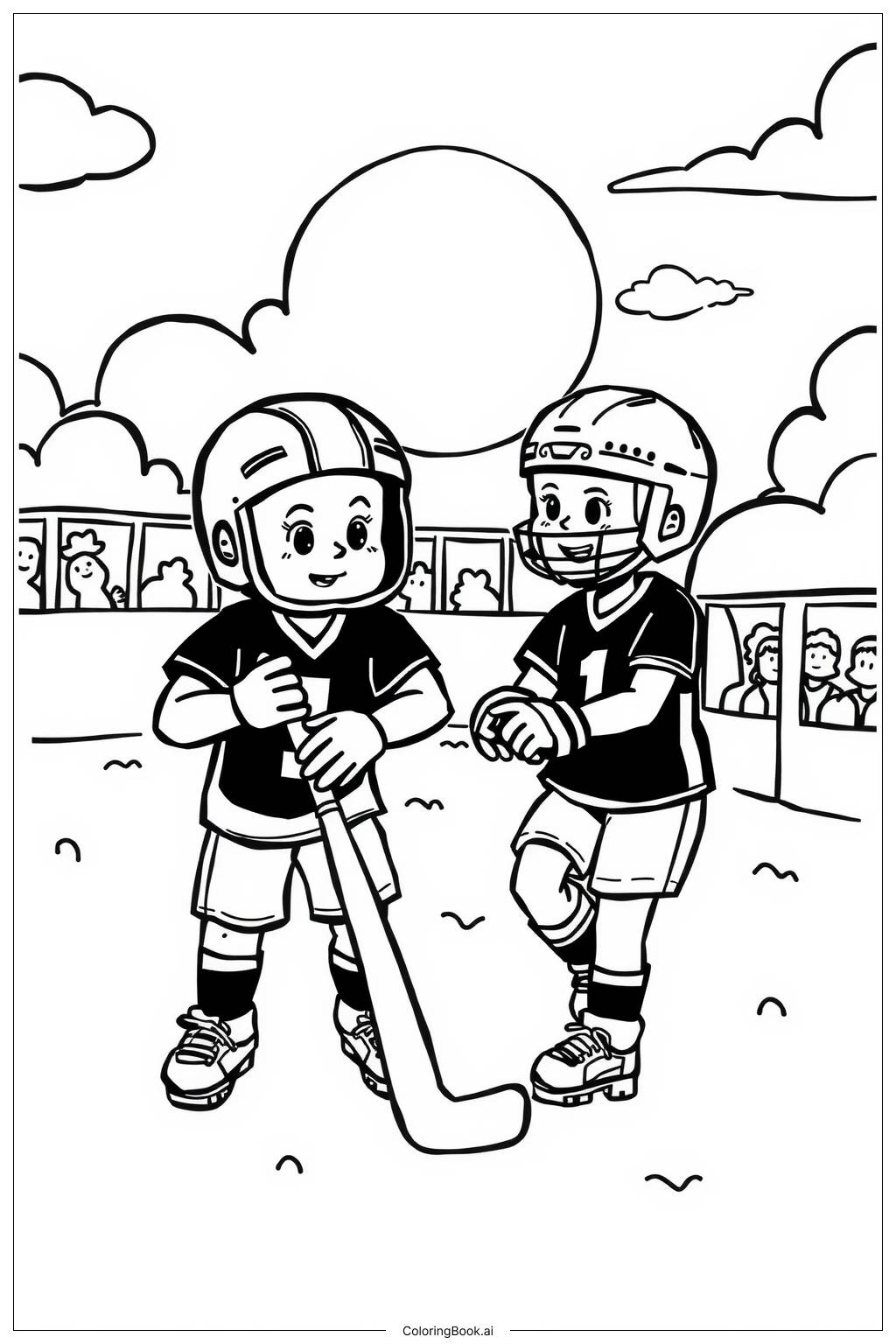Coloring tips: How to color Hockey Uniform And Protective Gear coloring page well?
When coloring this hockey player, consider using bright colors for their uniform to make it stand out. You may choose traditional team colors, like red, blue, or green, or even create a unique combination. For the player's helmet, you can use shades of silver or a bold color for a modern look. Don't forget to color the hockey gear; using shades of white or gray can help depict the professional feel. Add shadows under the arms and legs to create depth. Remember, you can always experiment and have fun with colors!
Coloring challenges: Which parts are difficult to color and need attention for Hockey Uniform And Protective Gear coloring page?
1. Detail in the Gear: One challenge is coloring the intricate details on the hockey gear. The padding and glove patterns can be confusing. It's important to follow the lines carefully to maintain the design. 2. Blending Colors: If you want to create a realistic look, you can try blending colors on the uniform and helmet. This requires practice to get right. 3. Choosing Color Combinations: Picking colors that complement each other might be tricky. Ensure your choices match to avoid a clashing appearance. 4. Shadows and Highlights: Adding shadows and highlights can enhance the image but might be challenging if you're not familiar with shading techniques. Gradually learning how to incorporate these will be beneficial as you color. 5. Finishing Touches: After coloring, adding final touches like outlines or sparkles can be challenging. They require a steady hand and attention to detail.
Benefits of coloring books: Advantages of drawing Hockey Uniform And Protective Gear coloring page
Coloring this hockey player has several benefits. First, it boosts creativity, allowing kids to choose colors that express their style. Second, it improves fine motor skills as they stay within the lines while coloring. Third, coloring can be a relaxing activity, helping reduce stress for children. Fourth, it encourages focus and concentration, requiring them to pay attention to the details. Lastly, it provides a sense of accomplishment once the art is complete, building confidence in their creative abilities.





